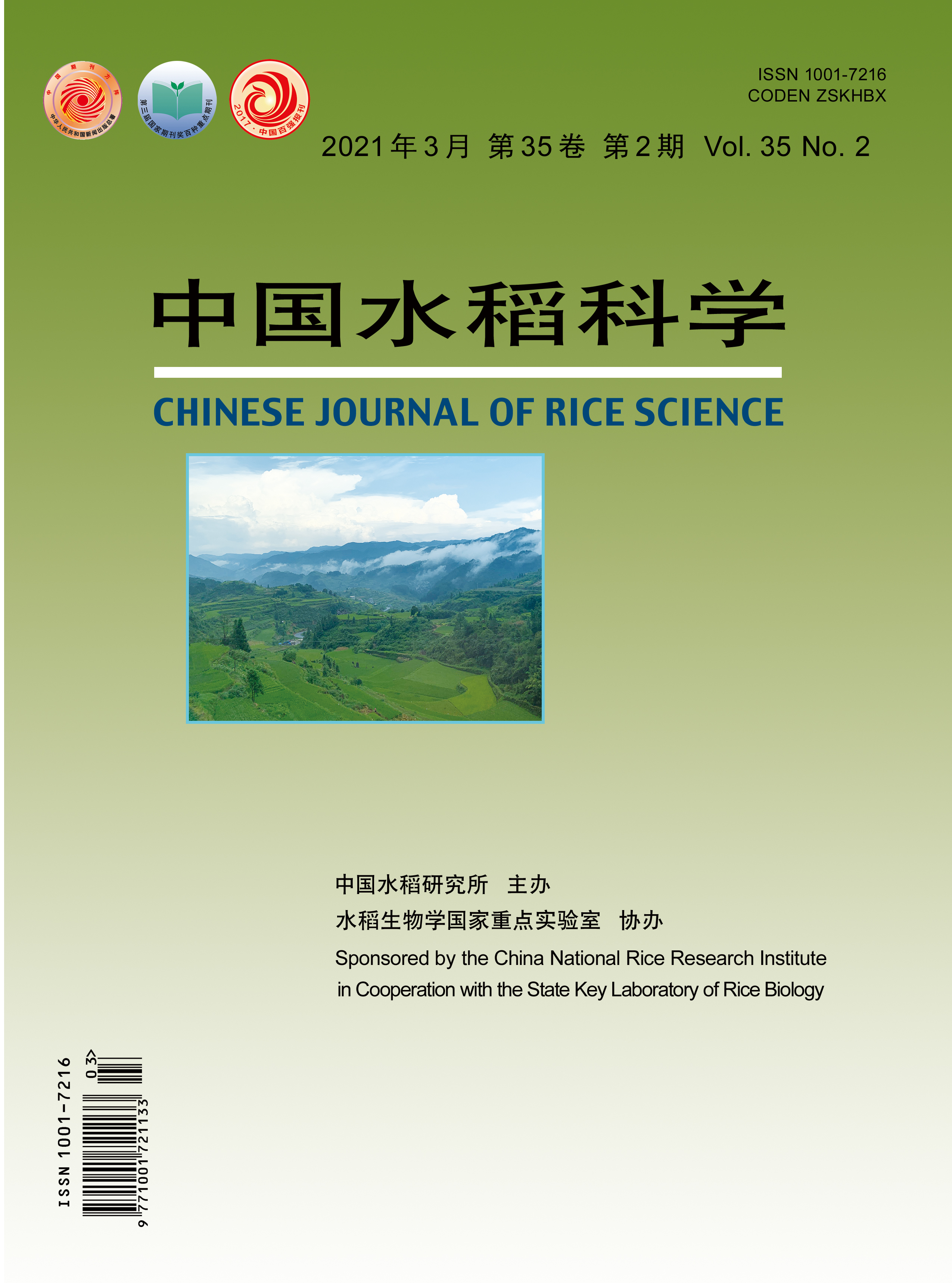【Objective】 The effects of the interaction between irrigation mode and nitrogen application rate on root morphology, yield formation of main stem and tillers were studied in order to lay a theoretical basis for green rice production and efficient use of water and fertilizer. 【Method】 Using the cultivar Liangyou 287 as the material, nine treatments were designed using the combinations of three irrigation modes (immersion irrigation, conventional irrigation, and submerged irrigation, abbreviated as W1, W2, and W3) and three nitrogen fertilizer rates (0, 165.0, and 247.5 kg/hm2, abbreviated as N0, N1, and N2). Sampling was conducted at key growth stages of rice to determine root morphology and vitality, tiller dynamics, biomass and nutrient content, and to study the effects of irrigation mode and nitrogen application rate and their interaction on rice growth and development, grain yield, nitrogen fertilizer use efficiency and rice quality. 【Result】Compared with W2 treatment, although the productive tiller percentage of rice under W1 treatment was reduced by 9.2% on average, the yield of main stem, primary tillers and secondary tillers increased by 32.7%, 18.1% and 33.4%, respectively. The total yield increased by 18.5% on average. The productive tiller percentage of rice under W3 decreased by 5.0% on average, and the yield of main stem, primary tiller and secondary tiller increased by 9.3%, 2.0% and 46.4%, respectively as compared with W2 treatment. However, there was no significant difference in total yield between W2 and W3. Compared with the N0 treatment, the productive tiller percentage at two nitrogen application levels increased by 6.1% on average, the main stem and primary tiller yields increased by 8.1% and 92.6% on average, and the secondary tiller yield increased by 0.57 t/hm2 on average (N0 secondary tiller emerged in the N0 treatment), the total yield increased by 88.0% on average. The results of analysis of variance showed that there was a significant interaction between irrigation mode and nitrogen application rate on the yield of main stem and tillers, total yield and number of spikelets per panicle. In addition, irrigation mode and nitrogen application rate have significant effects on root morphology, root vitality, nitrogen uptake and nitrogen dry matter production efficiency. The results of analysis of variance showed that there were significant interactions between irrigation mode and nitrogen application rate on total root length, root volume, number of root tips, root bleeding rate, root biomass, crop growth rate, and so on. 【Conclusion】 Irrigation mode and nitrogen application rate significantly affect rice root morphology, tiller formation and yield, and there is a clear interaction. Under the experimental conditions, the appropriate application level of nitrogen fertilizer (165.0 kg/hm2) in the immersion irrigation mode can increase the water and nitrogen fertilizer use efficiency and improve rice quality while obtaining higher yield.

